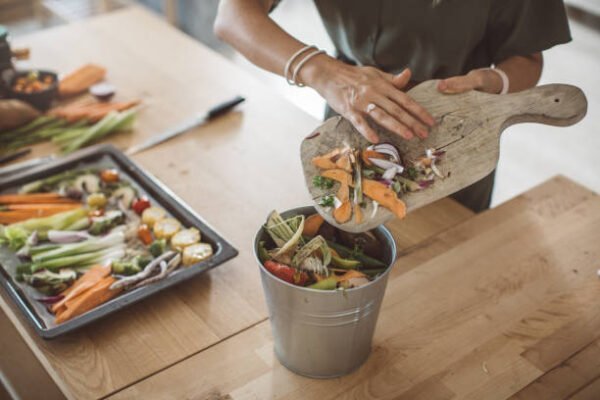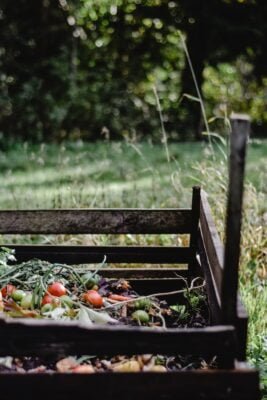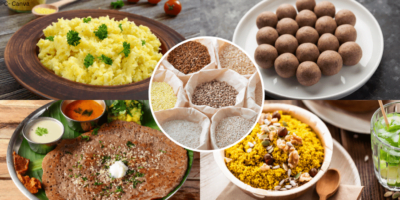Indian kitchen is the mitochondria of your home ( I mean the powerhouse, remember class 9th science lesson). Your kitchen has almost all the desi remedies and medications required. Be it haldi or namak, everything can be used in 100 ways if you like.
Now that winter is approaching, SuperHealthy Homemade Moisturizers Are Already In Your Kitchen or if you need skincare, The Secrets To Flawless Skin Are In The Drawers of Your Kitchen. Your kitchen has treasures that you are still not aware of. Believe me, even the trash that you threw away is gold of its own kind. Don’t be confused I am talking about facts. If you use your household waste the right way you can create treasure out of it.

The amount of food wasted globally nowadays is said to be one-third of all food grown. Every day India generates nearly 700 grams of solid household waste, which is almost 250 kg annually. Food waste is responsible for around 8% of greenhouse gas emissions and we can reduce Food Waste and its impacts by Composting and Nourishing the Soil. Yes, the gold we are going to talk about is compost, create food for your plants from the food that you are not consuming.
Composting is a simple method of recycling that includes converting daily kitchen trash into a rich soil mix that can be used for conditioning and fertilizing the soil.
What Exactly Is Composting?
We add compost to our soil to improve its physical properties, Composting allows us to replenish the soil with nutrients and organic material in a way that plants can easily utilize. Compost rich with humus which is made up of decomposed organic material like leftover food, dried leaves, and yard waste is black with an earthy smell and can release more nutrients into the soil to make it healthier and richer.
Household Waste To Compost
Brown waste, is made up of materials filled with carbon for our compost like sawdust, wood ash, dead leaves, branches, and twigs.

Green waste, which adds nitrogen to our compost piles like grass clipping, fruit scraps, coffee grounds, and vegetable waste that we carelessly throw into dustbins which eventually end ups at landfills, where get burned and produce harmful gases like methane and carbon dioxide and also pollute groundwater.

Combining Brown and Green organic wastes with water and manure, in the right ratios, will get break down into a dark crumbly mass called compost by Microorganisms, including bacteria or fungi, that feed on the waste and can turn household waste into a portion of healthy food for our plants and will also improve the quality and save soil of our gardens.

Things that we can compost instead of throwing are crushed sells, fruits, and vegetable peels, tea bags, nut shells, leaves, shredded paper or cardboard, dried plants, and leftover food, except things like coal ash, pet waste, meat or fish bones, dairy products, grease or oils, and plants that are infected or diseased.
Zero Cost & Zero Smell
Step 1: Find a Spot to Compost
you can make compost at home with two different methods including backyard composting or indoor composting.
In backyard composting just select a dry, shady spot near the water supply, dig a hole and put all the wet kitchen waste into it and wait until it turns into compost.

If there isn’t enough room for the outdoor compost pile, you can try indoor composting, It’s super easy. Take an earthen pot or a bin, take one with a drain hole if possible. Cover the drain whole with some dry leaves.
Put some garden soil to create a layer of soil. Now it’s time to use household waste. Combine both green and brown waste with 40-60% water, but don’t let the compost become too wet, and cover it with soil, then let the microorganisms do their work.
Step 2: Select your waste
Separate the dry and wet household waste. Put the edible kitchen wet waste like vegetable and fruit peels, egg shells, a small amount of wasted cooked food, old flowers – even human hair! except for meat and dairy products, everything goes well because they attract rodents. Close the pot to avoid bugs and flies.

Step 3: Don’t forget the browns and the microbes
Add the brown dry shredded leaves and paper, stems, dried plant, sawdust, or cocopeat to control the moisture of the compost. Add the microbes, bacteria, and fungi by adding cow dung which will break down the wet waste and give compost an earthy smell and it will fill the soil with nutrients for the growth of plants.
Step 4: Composting process
Layering is the most important part of composting after separation. Balance one cup of dry waste like leaves and paper and one cup of wet food waste like vegetables and fruits by layering them alternately into the bin. The next crucial step is to give your compost oxygen by making holes in the cover of your bin, to prevent an odour from filling the compost.
Step 5: Wait a while
The last step of composting takes six to eight weeks, and when the ingredients turn into dark brown, dry, crumbly-like material, which means it’s fully cooked and ready to be fed to the soil and plants. Every few days, turn and mix the garbage pile with a rake for better decomposing and use it instead of synthetic fertilizers.
Benefits Of Composting

Composting is a gift from Mother Nature. You can raise the robust and abundant plants that you desire, without adding harmful chemicals and fertilizers to the environment.
We can stop generating methane, and greenhouse gases from landfills by reducing household waste, and helping to aid reforestation, habitat revitalization, and promoting higher yields of agricultural crops.
It’s a cost-effective way, compost may be used to clean up soils polluted by hazardous waste, and enhances water retention in soils. You can take any kind of organic kitchen waste and turn it into compost. Small changes in our daily routine like composting can save soil and the earth.
Feature Image – Pexels (1) & (2)
If you loved reading about organic composting, you’ll love reading about – ‘Kill The Waste’ – Greenikk Building Robust Supply Chain, Turning Organic Waste Into Banana
If you know more inspirational stories about any person, company, new idea, or social initiative, write to us at mad4india.com, or share such information with us on Instagram, Facebook, or LinkedIn.



